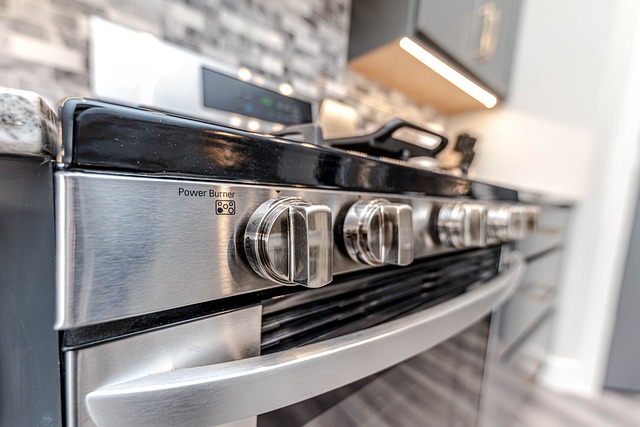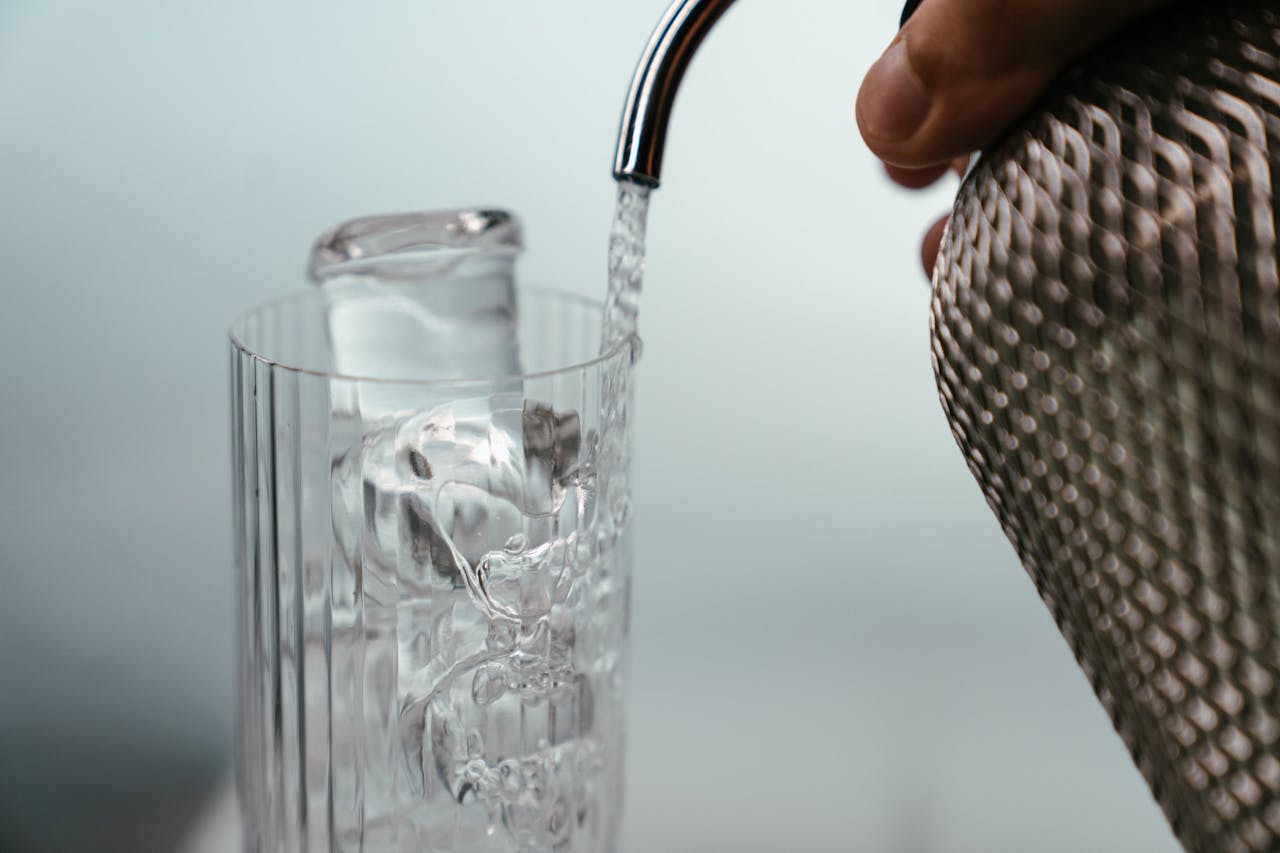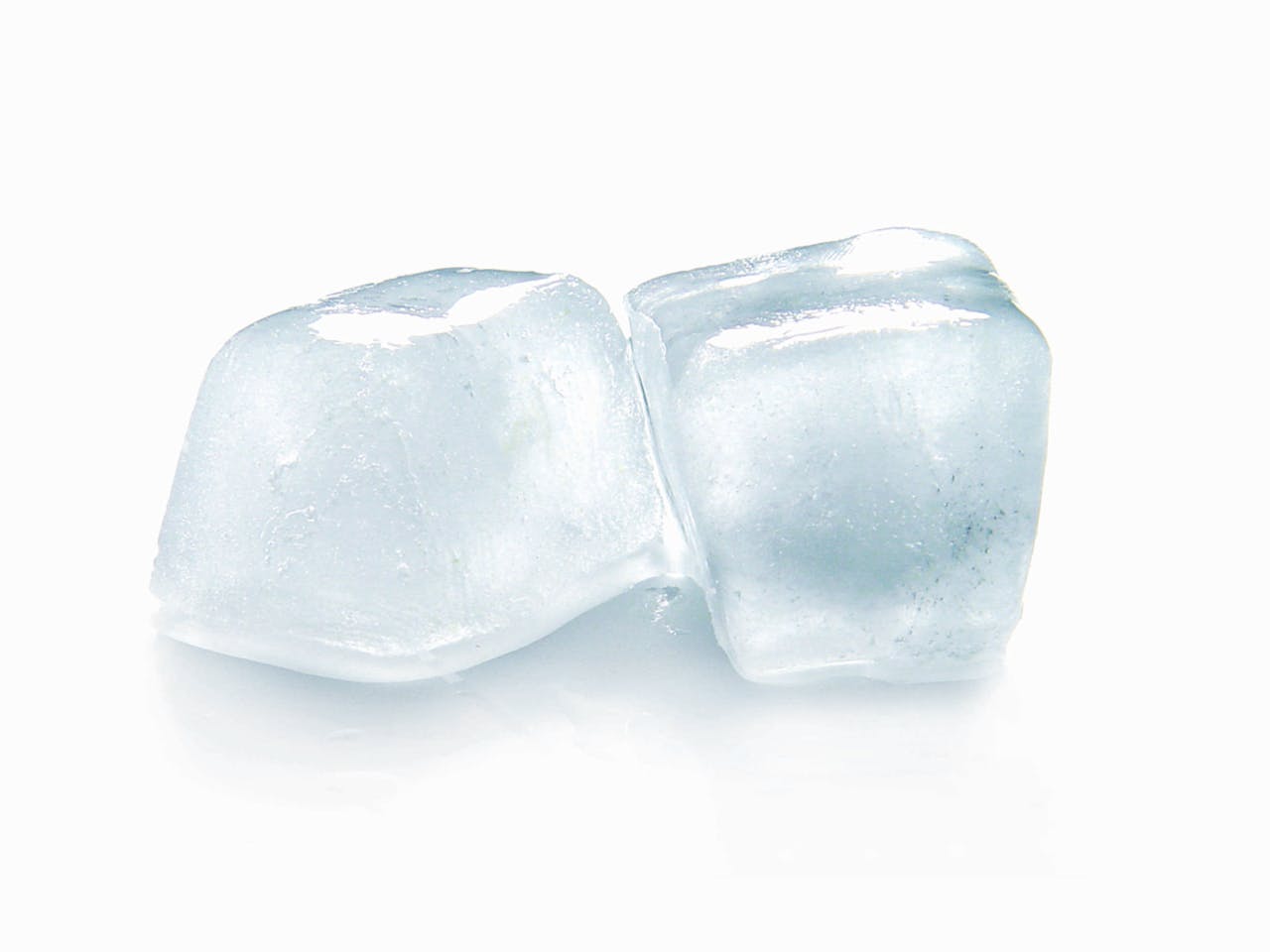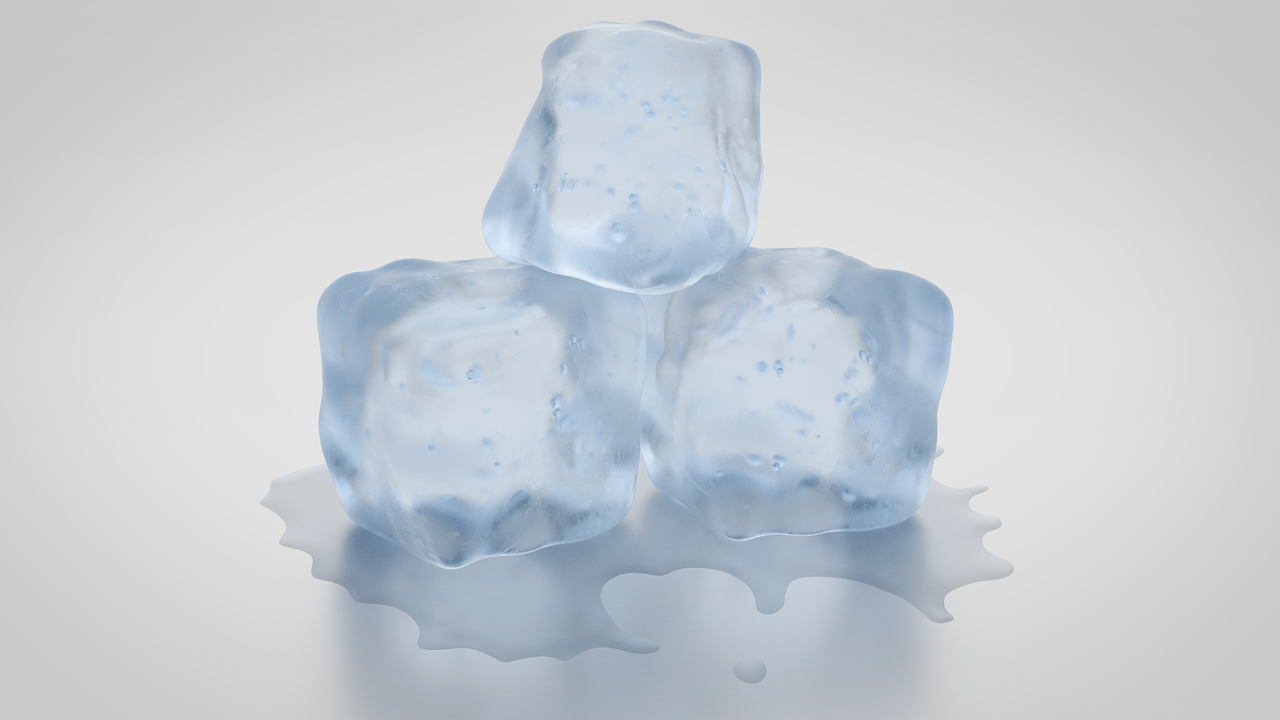Is your oven failing to heat up due to a broken heating element or faulty igniter, leaving your baking endeavors in the lurch? Don’t fret! In this guide, we’ll delve into effective troubleshooting tips and solutions to tackle this common kitchen conundrum. From troubleshooting techniques to expert advice in the user manual, we’ve got you covered. Say goodbye to undercooked cakes and unevenly baked cookies with our practical tips. Whether you’re a novice baker or a seasoned pro, these troubleshooting tips will help you fix your oven back on track and your baked goods perfectly golden brown.

Common Oven Issues
A. Uneven Baking
When facing uneven baking, adjust the oven racks to allow for better airflow circulation. This simple step can promote more consistent heat distribution, leading to evenly baked goods. Ensuring proper oven calibration is crucial for achieving uniform baking results. Inaccurate calibration can result in one side of your dish being undercooked while the other is overdone. To prevent this, check and adjust your oven’s calibration settings regularly. Another tip to combat uneven baking is to avoid overcrowding baking trays. Giving each item enough space on the tray allows hot air to circulate freely, aiding in even cooking.
B. Oven Not Heating
If you encounter an oven not heating properly, start by examining the heating element for any visible signs of damage such as cracks or burns, a troubleshooting tip. A damaged heating element can hinder the oven’s ability to reach and maintain the desired temperature for baking. Next, ensure that the oven is receiving power by checking if it lights up when turned on. If there is no power indication, inspect the electrical connections and circuit breakers. To further diagnose the issue, conduct a simple test by preheating the oven to see if it reaches the set temperature.
C. Inconsistent Temperatures
Dealing with inconsistent temperatures in your oven can lead to unpredictable baking outcomes. To address this issue, closely monitor any fluctuations in temperature during baking sessions. Sudden drops or spikes in temperature can affect the overall quality of your baked goods. Consider recalibrating your oven periodically to maintain accurate temperature control throughout its lifespan. An effective way to ensure precise temperatures is by using an oven thermometer. This tool allows you to verify the actual temperature inside the oven, helping you make necessary adjustments for optimal baking results.
Key Components To Check
A. Heating Element
Inspect the heating element for any signs of wear, such as cracks or damage. A faulty heating element can result in uneven baking. Regularly cleaning the element is crucial for maintaining its efficiency. If you notice any issues, it’s advisable to replace the heating element promptly.
- Bake Element: Located at the bottom of the oven, it’s responsible for the majority of the heat used in baking.
- Broil Element: Found at the top of the oven, it provides high heat for broiling.
B. Temperature Sensor
Ensure the temperature sensor is correctly positioned within the oven. Test its functionality by setting the oven to a specific temperature and verifying if it matches the reading on an external thermometer. Calibrating the sensor may be necessary to ensure precise temperature readings for accurate baking results.
- Inaccurate Temperature: The oven temperature doesn’t match the set temperature.
- Erratic Heating: The oven heats inconsistently, leading to uneven cooking
C. Oven Airflow
Examine the oven’s airflow vents for any blockages that could impede proper heat circulation. Adequate ventilation is essential for even cooking throughout the oven. Regularly cleaning the air circulation system helps maintain consistent airflow and prevents overheating issues.
Practical Troubleshooting Tips
A. Inspect the Igniter
Inspect the igniter for any visible damage or wear. Test its functionality to ensure proper oven ignition. If the oven fails to heat up, replace the igniter promptly.
B. Examine The Bake Element
Examine the bake element for signs of damage that may hinder proper heating. Cleaning it regularly ensures efficient heat transfer. Run a heating cycle to test its functionality effectively.
C. Test The Thermal Fuse
Check the thermal fuse for any signs of burning or damage, which can cause heating issues. Testing the continuity of the thermal fuse helps verify electrical flow. Replace it if the oven fails to heat up.
D. Recalibrate Your Oven
Recalibrate your oven following the manufacturer’s instructions to ensure accurate temperature settings. A handy tip is to use an oven thermometer to double-check temperature adjustments. For consistent baking results, make sure to recalibrate your oven periodically.
Oven Use Best Practices
A. Avoid Overcrowding
- Space out baking trays to allow for better hot air circulation within the oven, ensuring even baking.
- Follow recommended spacing guidelines provided in recipes or by the oven manufacturer for optimal results.
- Avoid stacking bakeware on top of each other as it can lead to uneven heat distribution and affect baking outcomes.
B. Keep The Door Shut
- Minimize opening the oven door while baking to maintain a consistent internal temperature throughout the cooking process.
- Ensure that you keep the oven door closed as much as possible to prevent heat loss and fluctuations.
- Utilize the oven light to check on food progress without opening the door, preserving heat inside.
C. Regular Maintenance
- It is essential to clean the oven regularly to prevent airflow blockages caused by food debris or grease buildup.
- Schedule routine maintenance checks, including inspections of heating elements and thermostat calibration, for optimal oven performance.
- Replace any worn-out parts promptly as part of regular maintenance to ensure your oven functions efficiently.
Advanced Solutions
A. Replacing Parts
When your oven is not heating properly, consult the manufacturer’s guide for guidance on replacing faulty parts. Ensure to use genuine replacement parts recommended by the manufacturer to maintain compatibility and safety. Following the correct installation procedures is crucial to ensure the efficiency of the new parts.
- Consult the manufacturer’s guide for replacing oven parts.
- Use genuine replacement parts for compatibility and safety.
- Follow proper installation procedures when replacing parts.
Seeking professional help is essential for more complex oven issues that cannot be resolved with simple troubleshooting. Contact a certified technician who specializes in oven repairs to diagnose and fix the problem accurately. When it comes to electrical component replacements, it’s best to leave it to the experts to avoid any risks of damage or injury.
B. Professional Help
For intricate oven problems, contacting a certified technician is the next logical step after attempting basic troubleshooting. These professionals have the expertise and tools required to identify and resolve complex issues effectively. When dealing with electrical components, relying on their skills ensures a safe repair process without endangering yourself or causing further damage.
- Contact a certified technician for complex oven issues.
- Seek professional assistance for electrical component replacements.
- Schedule a service appointment for a thorough oven inspection.
In situations where simple fixes do not restore your oven’s functionality, reaching out to professionals guarantees a comprehensive diagnosis and resolution of underlying issues. By entrusting your appliance to experienced technicians, you can rest assured that your oven will be back in optimal working condition promptly.
Preventive Measures
A. Routine Checks
Performing regular visual inspections of the oven components is crucial to detect any signs of wear or damage early on. This can help prevent potential issues with the oven’s heating system and ensure it functions optimally. Testing the oven’s heating functionality periodically is essential to confirm that it is reaching the desired temperatures accurately. By conducting these tests, you can identify any discrepancies and address them promptly. Keeping a maintenance log for tracking routine checks allows you to monitor the performance of your oven over time. This log can help you identify patterns or recurring problems, enabling you to take preventive action before major issues arise.
B. Cleaning Tips
Using mild cleaners to clean the oven interior is recommended to avoid damaging the surfaces. Harsh chemicals can erode the interior coatings of the oven, affecting its heating capabilities. Wiping down the oven door and controls regularly helps prevent dirt and grime buildup, which can impact the overall efficiency of the appliance. Consider utilizing self-cleaning features if your oven is equipped with them. These features offer a convenient way to maintain your oven without requiring extensive manual cleaning efforts. By utilizing self-cleaning functions periodically, you can ensure that your oven remains in good working condition.
Final Remarks
You’ve now learned about common oven issues, key components to check, practical troubleshooting tips, best practices for oven use, advanced solutions, and preventive measures. By following these tips, you can ensure your oven functions optimally and avoid baking mishaps. Remember to regularly maintain your oven and address any issues promptly to enjoy seamless baking experiences. Stay proactive in identifying and resolving potential problems to keep your oven in top condition. Happy baking!
Frequently Asked Questions
1. How To Identify Common Oven Issues Related To Heating Problems?
To identify common oven issues related to heating problems, check for faulty heating elements, malfunctioning thermostats, or issues with the ignition system. Also, inspect if the oven is receiving power and that the settings are correct.
2. What Are The Key Components To Check When Troubleshooting An Oven That Is Not Heating?
Key components to check when troubleshooting an oven that is not heating include the heating elements, temperature sensor, thermostat, and fuses. Ensure these components are functioning correctly to determine the cause of the heating issue.
3. What Practical Troubleshooting Tips Can Help To Solve Oven’s Heating Problems?
Practical troubleshooting tips include cleaning the heating elements, calibrating the thermostat, checking for any obstructions in the vents, and ensuring proper ventilation around the oven. These steps can often resolve minor heating issues without professional assistance.
4. When Should To Consider Advanced Solutions For Resolving An Oven’s Heating Issues?
Consider advanced solutions such as replacing faulty components like heating elements or thermostats if basic troubleshooting methods do not resolve the heating problem. Consulting a professional technician may be necessary for complex repairs or part replacements.
5. What Preventive Measures Can Take To Ensure An Oven Continues To Heat Effectively?
To prevent future heating issues with your oven, regularly clean and maintain it, avoid overusing self-cleaning functions, schedule professional inspections annually, and address any minor problems promptly before they escalate into major issues affecting heating performance.
Zuta Appliance Repair: Revitalizing Berkeley Kitchens with Premier Oven Services
In the dynamic atmosphere of Berkeley, CA, where the fast pace of life demands reliability in every aspect, Zuta Appliance Repair emerges as your essential partner in keeping your kitchen running smoothly. Understanding the vital role your oven plays in preparing nourishing meals for your family and optimizing your cooking efficiency, we are dedicated to delivering exceptional oven maintenance and repair services. With Zuta Appliance Repair, you gain more than just a service; you receive a steadfast commitment to quality, integrity, and environmental responsibility, all focused on enhancing your home’s functionality and your overall quality of life.
Solve a wide range of oven issues with Zuta Appliance Repair, where our specialized repair services rejuvenate your appliance, extend its lifespan, and bring noticeable reductions in energy bills. Our skilled team, equipped with unrivaled expertise and a friendly demeanor, ensures that your oven maintenance needs are addressed with efficient and eco-friendly solutions. This isn’t just about repairs; it’s about providing the peace of mind that comes with a perfectly functioning kitchen, making Zuta Appliance Repair an essential choice for every Berkeley homeowner.
Make today the day you choose to enhance your kitchen’s efficiency and protect the heart of your home from premature wear and tear. With Zuta Appliance Repair, you’re not just choosing repairs; you’re opting for a lifestyle upgrade. Ready to transform your kitchen and life? Contact us now at (415) 592-4633, and let Zuta Appliance Repair extend the life of your oven, ensuring it remains a central part of your daily life, offering convenience, efficiency, and peace of mind.
Disclaimer
The materials available on this website are for informational and entertainment purposes only and not to provide legal or professional advice. You should contact your attorney or home improvement specialist to obtain advice concerning any particular issue or problem. You should not act or refrain from acting based on any content included in this site without seeking legal or other professional advice. The information presented on this website may not reflect the most current home improvement developments. No action should be taken in reliance on the information on this website. We disclaim all liability concerning actions taken or not taken based on any or all of the contents of this site to the fullest extent permitted by law.







